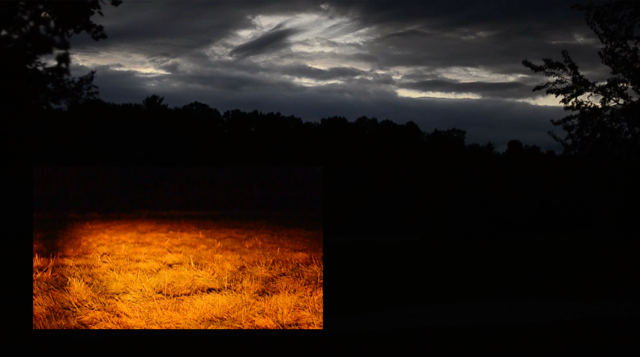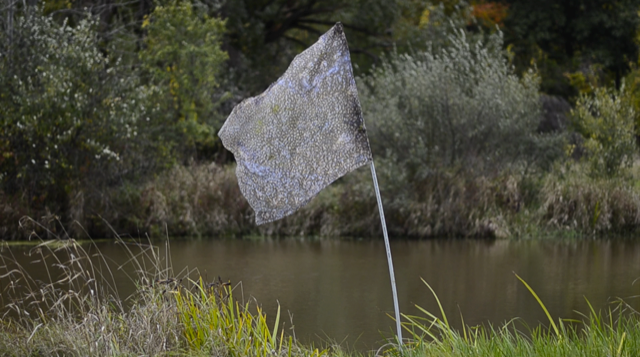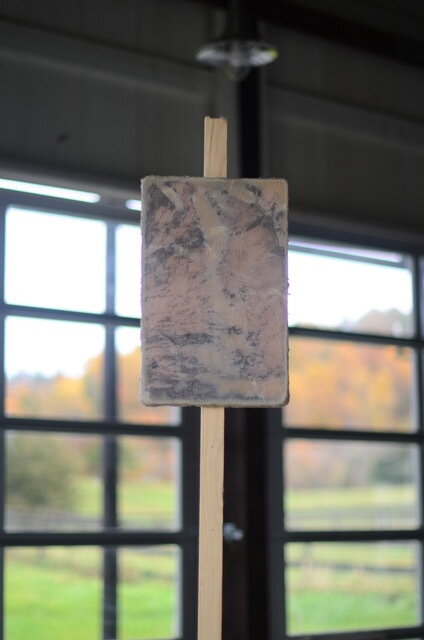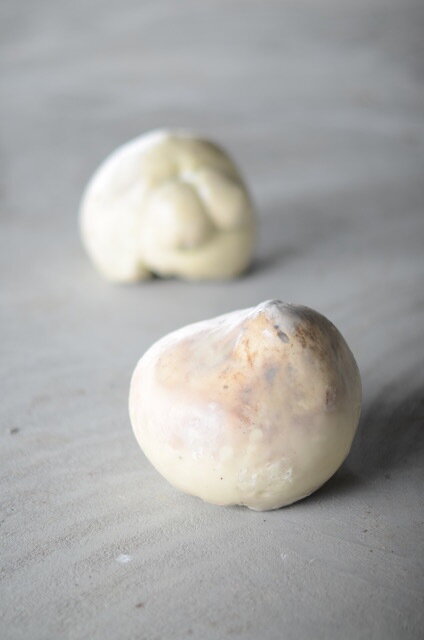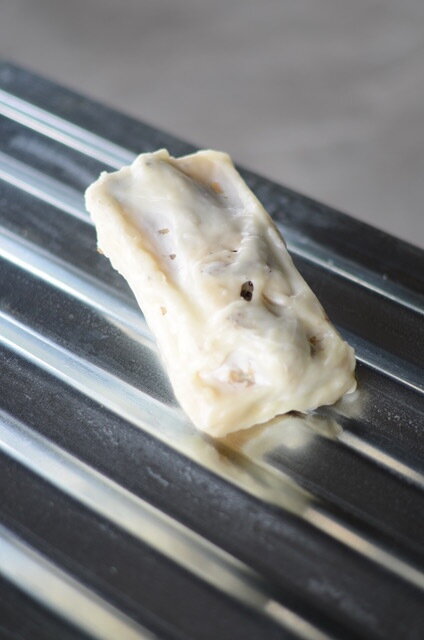GABRIEL RIBEIRO, 2019
www.cargocollective.com/gbrlrbr
~ ~ SWAMP AS SOURCE ~ ~
Before arriving at Residency 108, I read an essay by Rosa Eidelpes on the mythical epistemology of Roger Caillois entitled The Myth of Biology and the Biology of Myth that I feel was somehow instrumental to my research conducted at the farm. For the French sociologist, myth can no longer be analyzed exclusively through a cultural lens but should be approached as a “diagonal science’’. To support his argument, he links mythology to entomology (the branch of zoology concerned with the study of insects) for the purpose of a “fundamental biological research” on myth which ultimately locates the motivation for several myths in concrete biological sources.
I have always been interested in the idea of the natural world providing source material for speculative fictions, animating the ambiguous space between ‘things as we know them’ and the realm of inexplicable phenomena associated with the secrecy of nature – often classified as monstrous. For the duration of the residency, I collected found objects/organic matter in and around the swamp areas, reworking them via casting into a series of agar sculptures. Agar or kanten was accidentally discovered in the 16th century by Japanese fishermen when discarded seaweed soup jellified overnight. Despite being often overlooked, the material is historically charged having been notoriously used as a solid substrate for culturing microorganisms in biochemistry. In turn it speaks to proliferation and contamination at once. It has also found recent use in gastronomy and as an impression material, given its’ indexical qualities.
Plastically speaking, I am attracted to the potential and materiality of agar as it is a substance that needs tending to - since it is somewhat alive, the sculptures require constant hydration to prevent drying. I am also attracted to its’ milky opacity which renders a murky quality to the pieces, complicating the detection of objects placed inside and further enhancing the mysterious character of the objet trouvé. This viscosity exemplifies its in-betweenness, being neither solid nor liquid, it moves further towards the realm of abstraction and suspicion.
Ultimately, the sculptures seem to be operating as half-scientific, half-mythological objects trapped in a suggested state of quarantine where this dichotomy is employed both formally and conceptually. Wax and silicone were also materials that came into play as signifiers and performers of the ability to morph, decay and become. By embracing speculation, Swamp As Source was fundamentally reactive to the territory encountered at the farm, shaping a series of propositions that seek to understand, critique and re-imagine humanity’s relation to nature and the un-natural.
I also started work on a parallel video project dealing with the concept of thanatosis or tonic immobility in animals. This so-called “apparent death” used to avoid predator detection is a survival mechanism deployed by several species and is the source of inspiration for films exploring stillness and movement.

